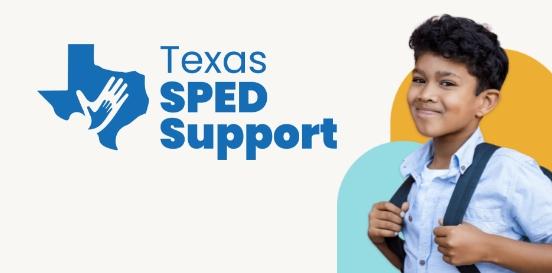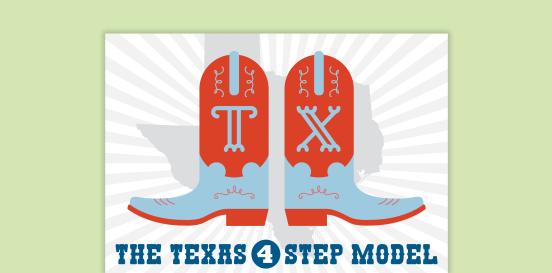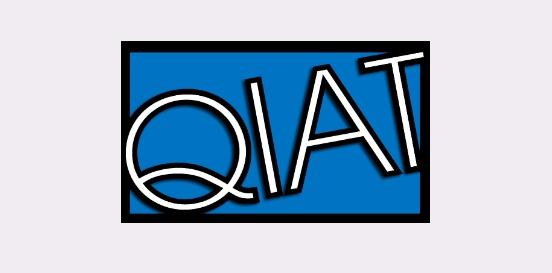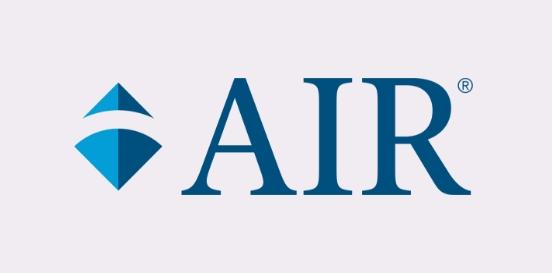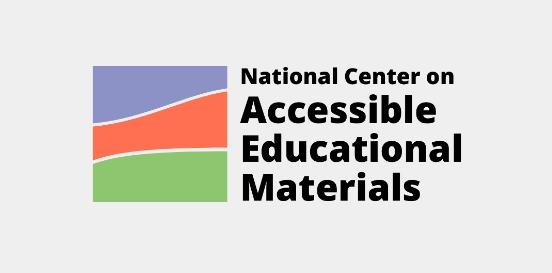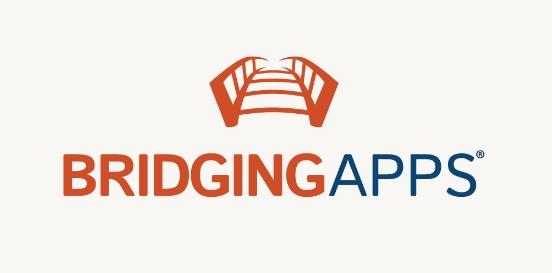Stylus
Pen-like object used to point, select, and navigate electronic text. It is often considered an alternative to a fingertip touch and provides precise line work and legible lettering.
Considerations
Take the following considerations into account when selecting and implementing AT to ensure that the chosen tools are well-suited to the student’s needs, align with their goals, and seamlessly integrate into their educational journey. By embracing a collaborative approach and considering the specific skills, tasks, and implementation context, educators can provide students with the necessary support to thrive academically and functionally, promoting inclusivity and fostering their overall success.
Skills and Tasks What skills or tasks will the student utilize this tool for? What areas, functional or academic, does this tool support?
Fine motor skills
Implementation Context In what activities, classes, or environments will the student utilize this tool?
A stylus can be a highly useful assistive technology tool for students, particularly those with certain learning disabilities, motor skill challenges, or those who simply prefer handwriting over typing. Here are several ways a stylus can assist students:
- Note-taking: Using a stylus, students can take handwritten notes directly on digital devices such as tablets or touchscreen laptops. This can be especially beneficial for students who find typing cumbersome or who prefer the tactile experience of handwriting.
- Drawing and diagramming: For subjects like math, science, or art, a stylus can facilitate the creation of diagrams, graphs, and illustrations directly on digital platforms. This can be particularly helpful for students who struggle with fine motor skills or who have difficulty using traditional drawing tools.
- Annotating documents: With a stylus, students can annotate digital documents, PDFs, and e-books, making it easier to highlight important information, jot down thoughts, and make connections between concepts. This can enhance comprehension and retention of material.

